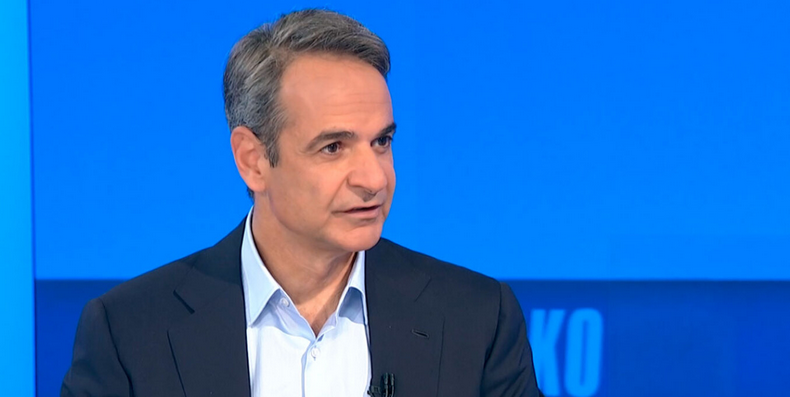The Greek Labor Ministry refuted claims that Greece’s “quartet” of creditors (European Commission, European Central Bank, European Stability Mechanism + International Monetary Fund) want an overhaul of the pension system to include a recalculation of pensions so that those wishing to retire before the age of 65 years would receive 60% of their benefits until the age of 65 years. Nonetheless, an agreement for the merging of funds in one pension appears to have been locked, putting an end to privileges for those who are insured in special funds while equalizing other benefits (e.g. maternity subsidy, funeral expenses, etc.)
The decision for the Supplementary Insurance Fund (ETEA) to keep its independence will lead to new cutbacks to supplementary funds. The imposition of a 6% health contribution υγείας would gather 250 mln euros and reduce deficits, however it would most likely be used to absorb the huge deficit of the national insurance fund (EOPPY). It is believed that there will be a 5-8% drop in auxiliary pensions.
The Labor Ministry wants leeway until December to examine the different models and come up with calculations for pension funds, while also promoting an increase to social security contributions by three units until 2018 so as to restrict pension slashes as much as possible.
Hellenic Confederation of Commerce and Enterprise President Vasilis Korkidis will present a proposal for the transformation of the social security system, based on the following points:
a) A transitional period of three to five years for the merging of regulations concerning pension benefits. The equalization of pension funds and contributions and plans to pay off additional funds from 15-20 years.
b) Allowing the self-employed to insure themselves as wage-earners, self-employed or in professional funds (similar to the German model).
c) Adoption of a viable solution for the repayment of overdue debts (currently at 20 bln euros) towards social security funds aiming to have 30-40% go towards the repayment of additional reinforcement to funds during the transitional stage.



































